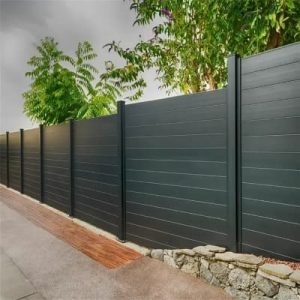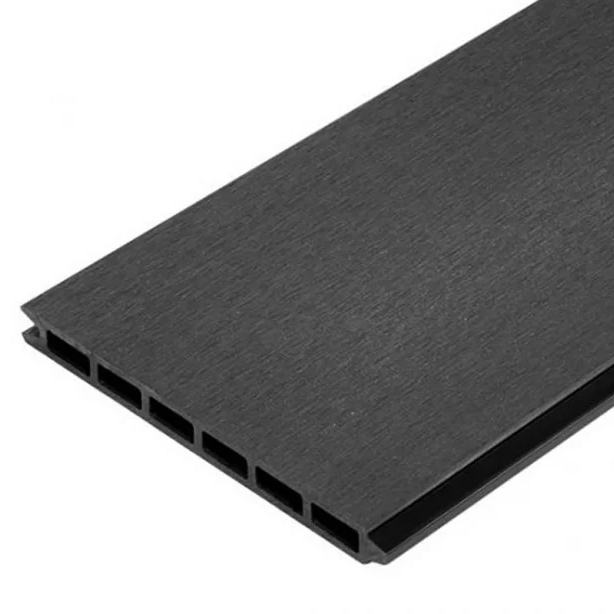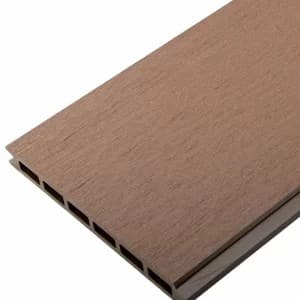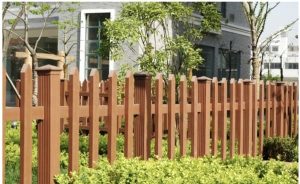Composite fences are more effective and durable substitutes for wood fences in modern society. Due to its attractiveness and durability, composite fencing is a wise choice if you need to install or replace a fence. Composite fences are favorable among customers because they require less upkeep than wood. Does this suggest that composite fencing needs no upkeep?
In this article, we will explore the methods to help you maintain your composite fences, including dirt and mud, chalk marks, grease and oil, etc.
Are composite fences maintenance-free?
The short answer is no. Although composite fences are minimum-maintenance, they do require regular care and cleaning. In order to make your composite fencing look beautiful and remain long after installation, monthly maintenance is necessary. In addition, you can choose whether to paint or stain your composite fencing, however, we do not suggest doing so because it was not made to be painted or stained.

How to maintain your composite fences?
Dirt and Mud
Composite fences will eventually gather mud and dirt, just like any fence. However, there is a technique to eliminate it properly. First, use a broom to sweep the mud from the fence walls. After that, scrub away any last remains of filth or dirt with a soft-bristled brush, soap, and water. Make sure to put more pressure against the grain of the fencing board. Remember to use a soft brush and towel to prevent accidental marks.
Chalk Marks
Cleaning chalk marks is very simple. If there are any chalk stains, you can either scrub them out with water and a gentle sponge or just wait for them to disappear. If at all possible, try to stay away from using colored or construction chalks on your WPC fences because they cause stains and marks that might be difficult to remove. Use ordinary chalks, baby powder, or chalks for temporary markings instead.

Grease and Oil
Generally, composite fencing is resistant to grease and oil stains. But these stains are simple to clean thanks to the capped surface of our fences. The capped layer of the fence panels can resist the influence of water, mud, dirt, grease, oil, etc. Though grease and oil can cling to the surface of composite fences, they can still be removed by using a soft towel and gental sopay water. More difficult stains can also be cleaned using all-purpose cleansers.
Mold and Mildew
Composite fencing is meant to be exposed in the outdoor environment to face up mold and mildew directly. In order to avoid spores growing into the mold, it is essential to prevent them from absorbing moisture. And we also recommend you maintain your composite fences twice a year. Here are the step-by-step procedures:
- Eliminate any leaves, trash, and other organic things that could grow mold.
- Apply a cleanser on your composite fences and scrub the mold with a soft-bristled brush.
- Thoroughly rinse your fences.











